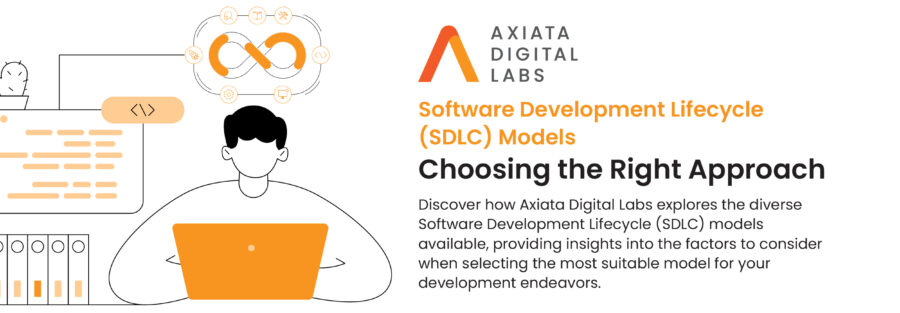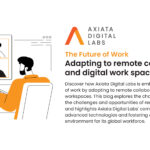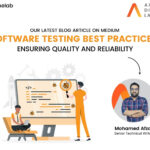In the fast-paced world of software development, selecting the right approach can make all the difference in achieving project success. At ADL, where innovation and efficiency are at the core of our operations, understanding the various Software Development Lifecycle (SDLC) models becomes crucial. In this blog, we will delve into the importance of choosing the appropriate SDLC model and explore how ADL navigates this critical decision-making process to ensure exceptional outcomes for our clients and stakeholders.
Understanding the SDLC Model:
We begin by unraveling the concept of SDLC models, which are structured frameworks that define the phases and activities involved in the software development process. From traditional Waterfall to agile methodologies like Scrum and Kanban, each SDLC model offers a unique set of advantages and challenges. By examining the distinct characteristics of these models, ADL gains valuable insights into their applicability and suitability for different project requirements.
Tailoring the Approach to Project Requirements:
First off, understanding that no two projects are the same is vital. A one-size-fits-all approach to SDLC models is neither practical nor efficient. Therefore, adopting a tailored approach, meticulously assessing project requirements, stakeholder expectations, and delivery timelines is beneficial. By conducting thorough analysis and leveraging our extensive industry experience, we identify the most suitable SDLC model for each project. By doing this, optimal outcomes and client satisfaction.
Agile Methodologies: Embracing Flexibility and Collaboration:
In the ever-evolving landscape of software development, agile methodologies have gained immense popularity for their flexibility and adaptability. At ADL, we embrace agile principles and methodologies. Thus, enabling us to respond swiftly to changing requirements and deliver incremental value to our clients. We emphasize close collaboration with stakeholders, iterative development cycles, and continuous feedback, empowering us to create high-quality software solutions that align perfectly with evolving business needs.
Waterfall: Ensuring Structure and Predictability:
While agile methodologies thrive in dynamic environments, certain projects demand a more structured and sequential approach. In such cases, leveraging the Waterfall model, where each phase is completed before moving onto the next, is encouraged. This approach ensures clarity, predictability, and comprehensive documentation. Therefore, making it ideal for projects with well-defined requirements and a low likelihood of changes during the development process.
Hybrid Approaches: Combining the Best of Both Worlds:
Recognizing the diverse needs of our clients, it is also encouraged to explore hybrid approaches that combine elements from multiple SDLC models. By customizing and integrating different methodologies, we create hybrid approaches tailored to specific project contexts, optimizing efficiency, and delivering superior results.
Therefore, choosing the right SDLC model is a critical decision that significantly impacts project outcomes. At ADL, our expert teams diligently assess project requirements, stakeholder expectations, and industry best practices. And then, determines the most suitable approach for each endeavor. By leveraging agile methodologies, embracing structured approaches like Waterfall when necessary, and exploring hybrid models, we ensure that our software development projects are executed with precision, efficiency, and success.




